|
Samir Sadok
I'm a postdoctoral research scientist at INRIA in
Grenoble, France, under the supervision of Xavier
Alameda-Pineda.
I did my PhD at CentraleSupélec,
where I was advised by Simon Leglaive.
|
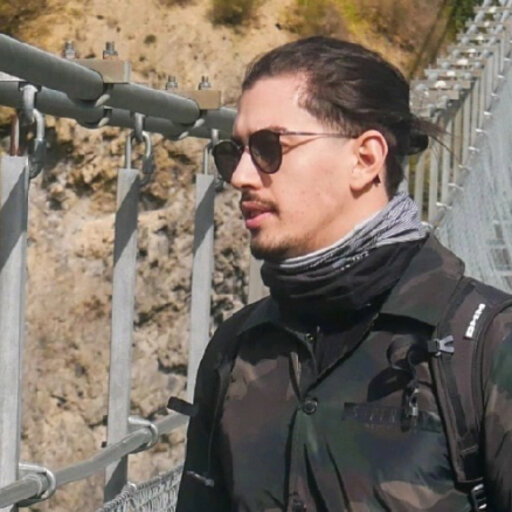
|
Thesis
Audiovisual speech representation learning applied to emotion recognition
(2024, CentraleSupélec)
|
ResearchMy research focuses on multimodal generative models for audiovisual speech. I aim to develop interpretable generative models to enhance data analysis, control, and generation. |
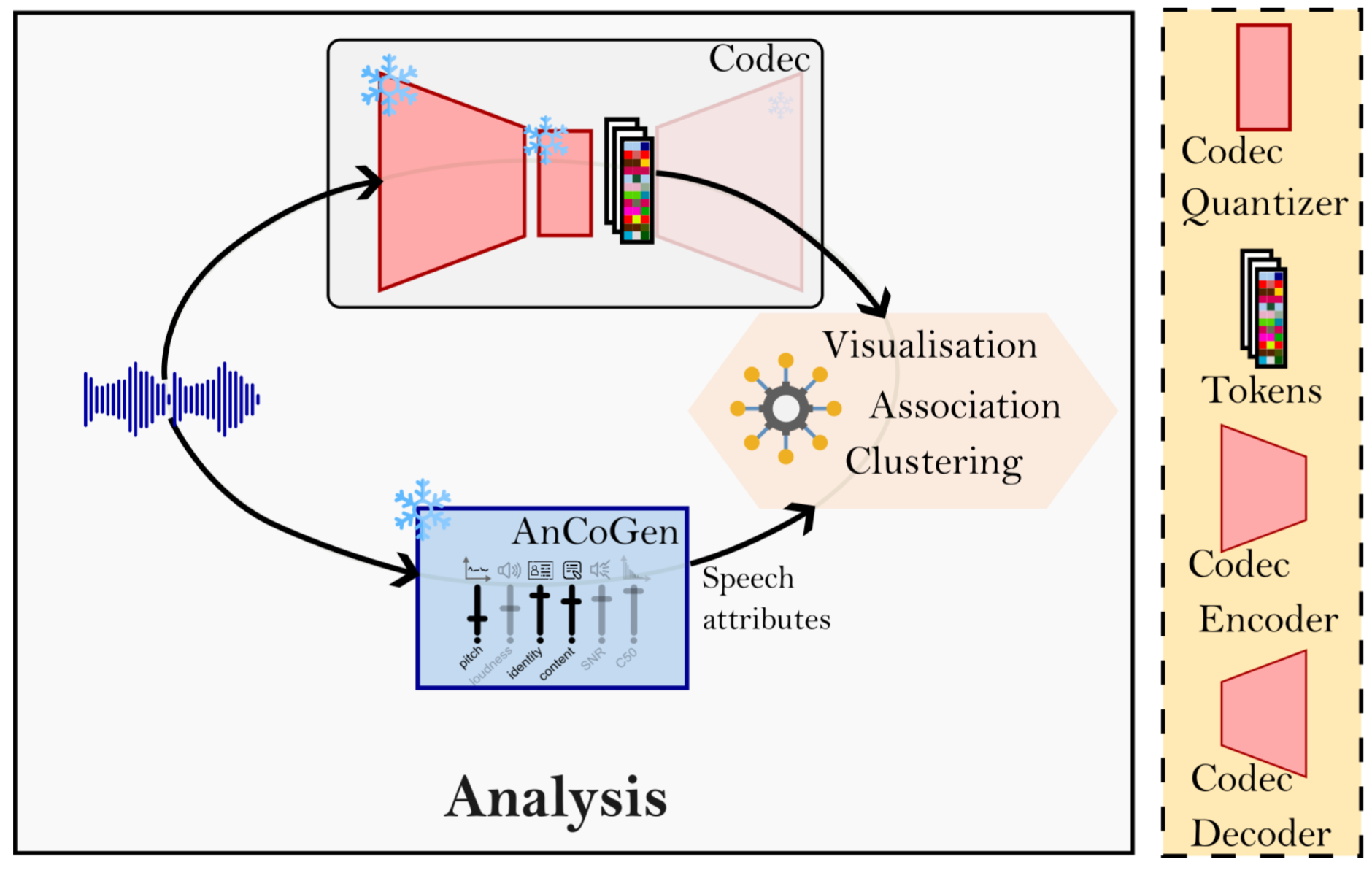
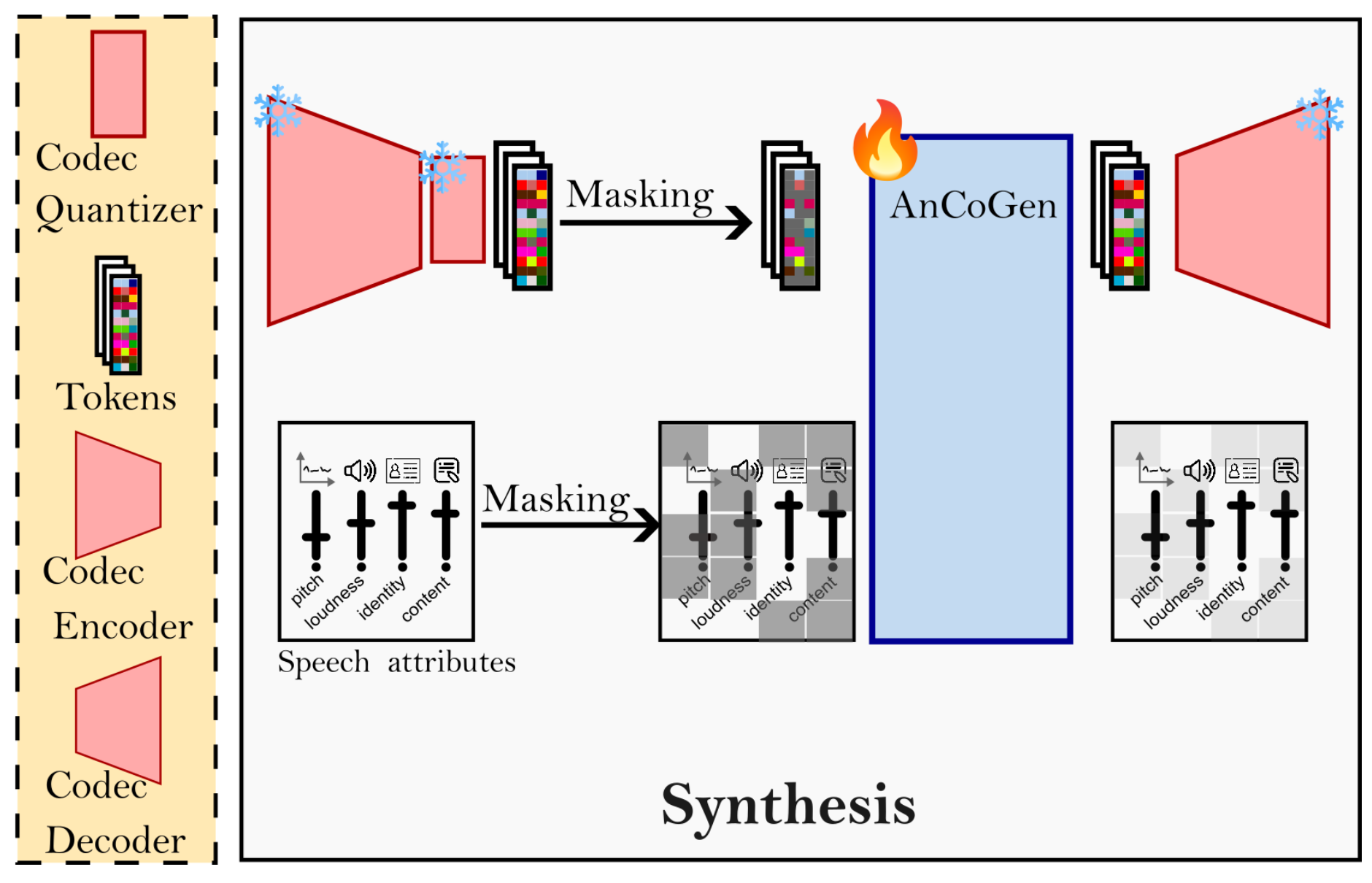
|
Bringing Interpretability to Neural Audio Codecs
Samir Sadok*, Julien Hauret*, Eric Bavu Interspeech, 2025 (Oral Presentation) project page / arXiv Neural audio codecs efficiently encode continuous speech waveforms into low-rate discrete units but often lack interpretability because they are optimized mainly for reconstruction. This work introduces a two-step approach—analysis and synthesis—using AnCoGen to understand how speech attributes (content, identity, pitch) are encoded and to extract them directly from codec tokens. |
|
|
AnCoGen: Analysis, Control and Generation of Speech with a Masked Autoencoder
Samir Sadok, Simon Leglaive, Laurent Girin, Gaël Richard, Xavier Alameda-Pineda ICASSP, 2025 project page / arXiv This article presents AnCoGen, a unified masked-autoencoder model that can analyze, control, and generate speech from key attributes such as speaker identity, pitch, content, and signal quality, demonstrating strong performance across analysis-resynthesis, pitch estimation and modification, and speech enhancement tasks. |
|
|
A vector quantized masked autoencoder for audiovisual speech emotion recognition
Samir Sadok, Simon Leglaive, Renaud Séguier Journal: Computer Vision and Image Understanding, May 2025 project page / arXiv This paper introduces VQ-MAE-AV, a self-supervised multimodal model that learns discrete audiovisual speech representations via masked autoencoders and vector-quantized VAEs, enabling state-of-the-art emotion recognition with minimal labeled data. |
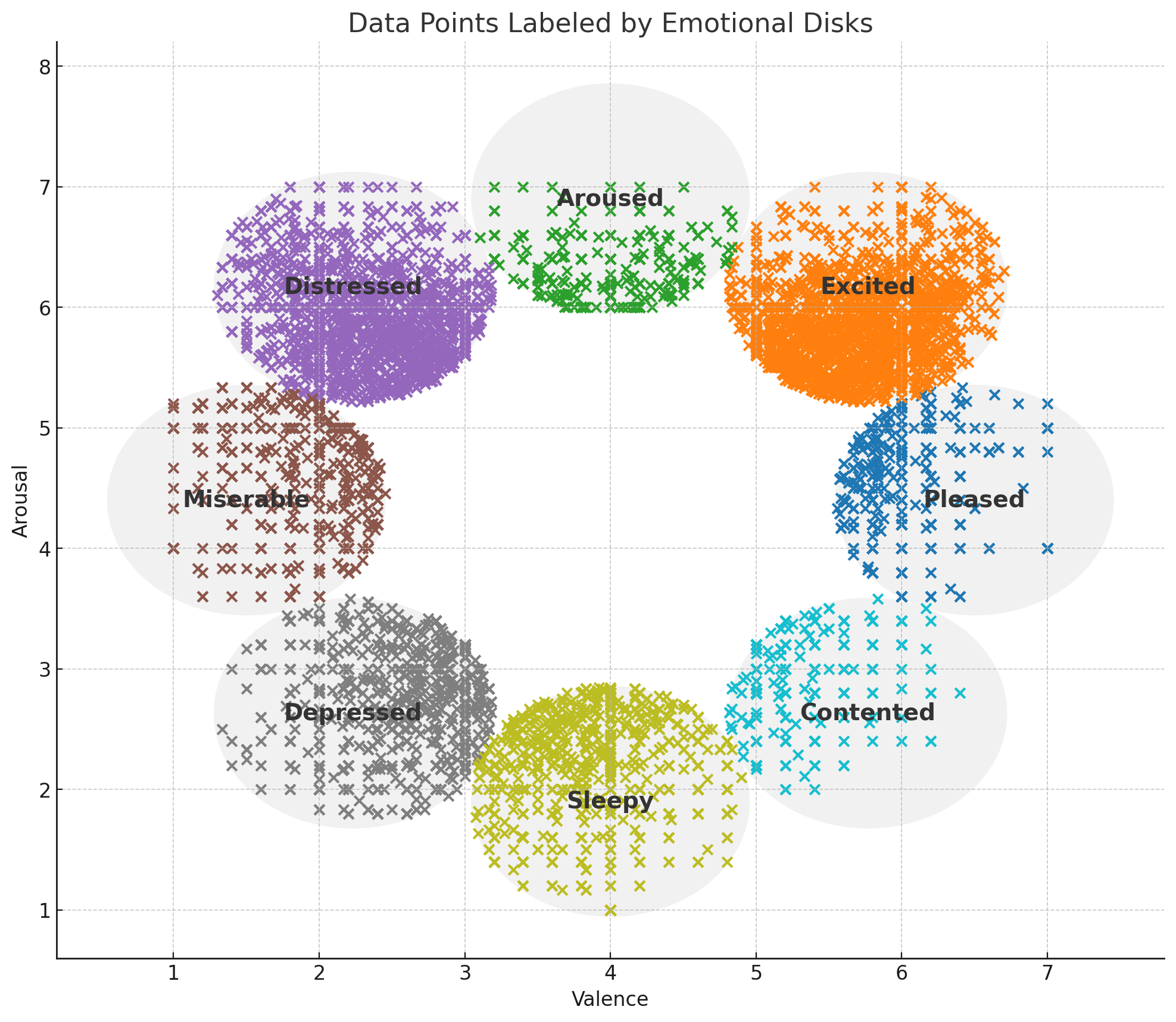
|
Can AI Decode the Circumplex Model of Affect? A Data-driven Study
Amdjed Belaref, Samir Sadok, Karim M Ibrahim, Zineb Noumir, Renaud Seguier ICPR, 2025 arXiv This study uses Transformer-based models on text and audio to uncover emotional latent spaces, showing that multimodal representations more closely replicate Russell’s circumplex model of affect and highlighting the benefits of combining modalities in emotion analysis. |
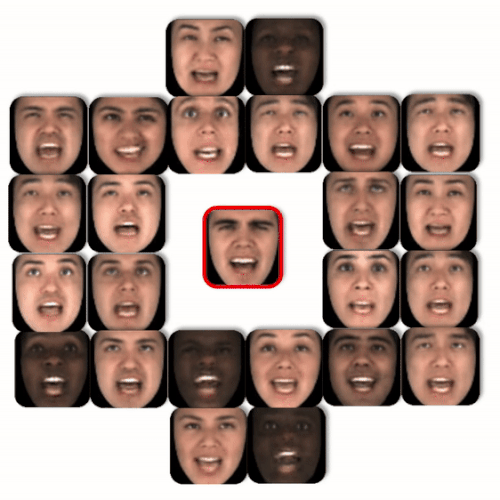

|
A multimodal dynamical variational autoencoder for audiovisual speech representation learning
Samir Sadok, Simon Leglaive, Laurent Girin, Xavier Alameda-Pineda, Renaud Séguier Journal: Neural Networks, April 2024 project page / arXiv This paper introduces MDVAE, a multimodal and dynamical variational autoencoder that learns disentangled audiovisual speech representations by separating static, dynamic, modality-specific, and shared latent factors through a two-stage unsupervised training pipeline—leveraging VQ-VAE features—and demonstrates strong performance in speech manipulation, audiovisual denoising, and low-label emotion recognition. |
|
|
A vector quantized masked autoencoder for speech emotion recognition
Samir Sadok, Simon Leglaive, Renaud Séguier ICASSPW, 2023 project page / arXiv This paper presents VQ-MAE-S, a self-supervised speech model combining masked autoencoders and vector-quantized VAEs, which, when pre-trained on VoxCeleb2 and fine-tuned on emotional speech, achieves state-of-the-art performance in speech emotion recognition. |
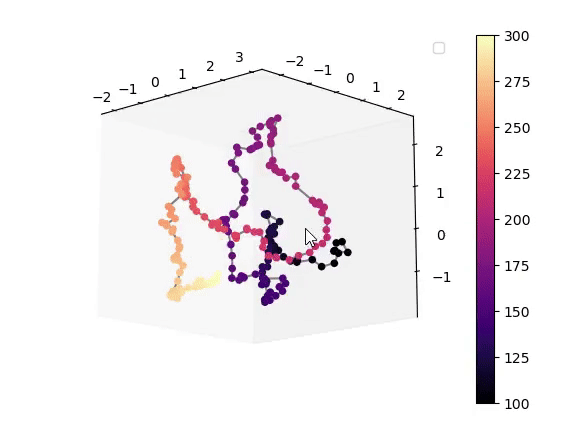
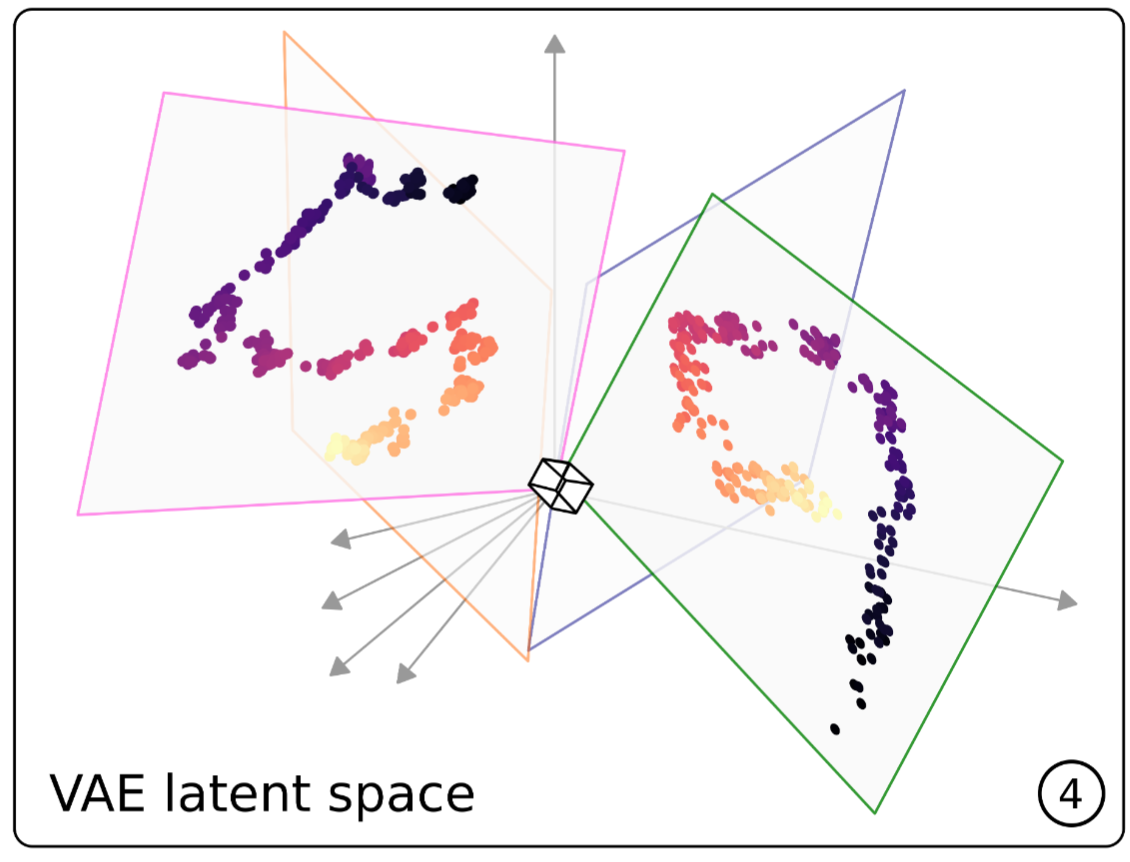
|
Learning and controlling the source-filter representation of speech with a variational autoencoder
Samir Sadok, Simon Leglaive, Laurent Girin, Xavier Alameda-Pineda, Renaud Séguier Journal: Speech Communication, March 2023 project page / arXiv This work demonstrates that a VAE trained on unlabeled speech naturally encodes source-filter factors in orthogonal latent subspaces, allowing accurate, independent control of fundamental frequency and formants for speech transformation using only a few seconds of labeled synthetic data. |
Miscellanea |
Recorded Talks |
Academic Service |
Teaching |
|
Feel free to steal this website's source code. Do not scrape the HTML from this page itself, as it includes analytics tags that you do not want on your own website — use the github code instead. Also, consider using Leonid Keselman's Jekyll fork of this page. |